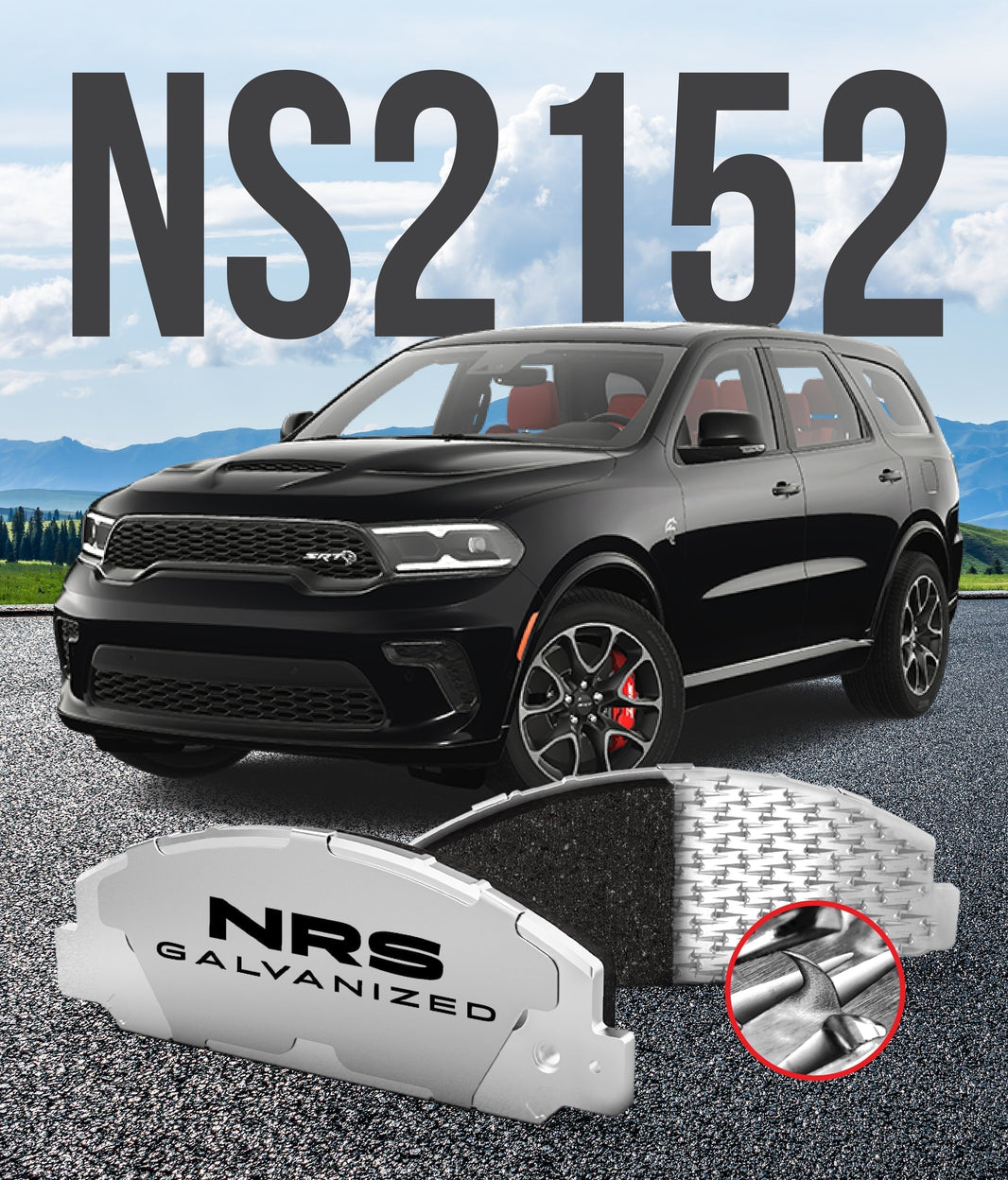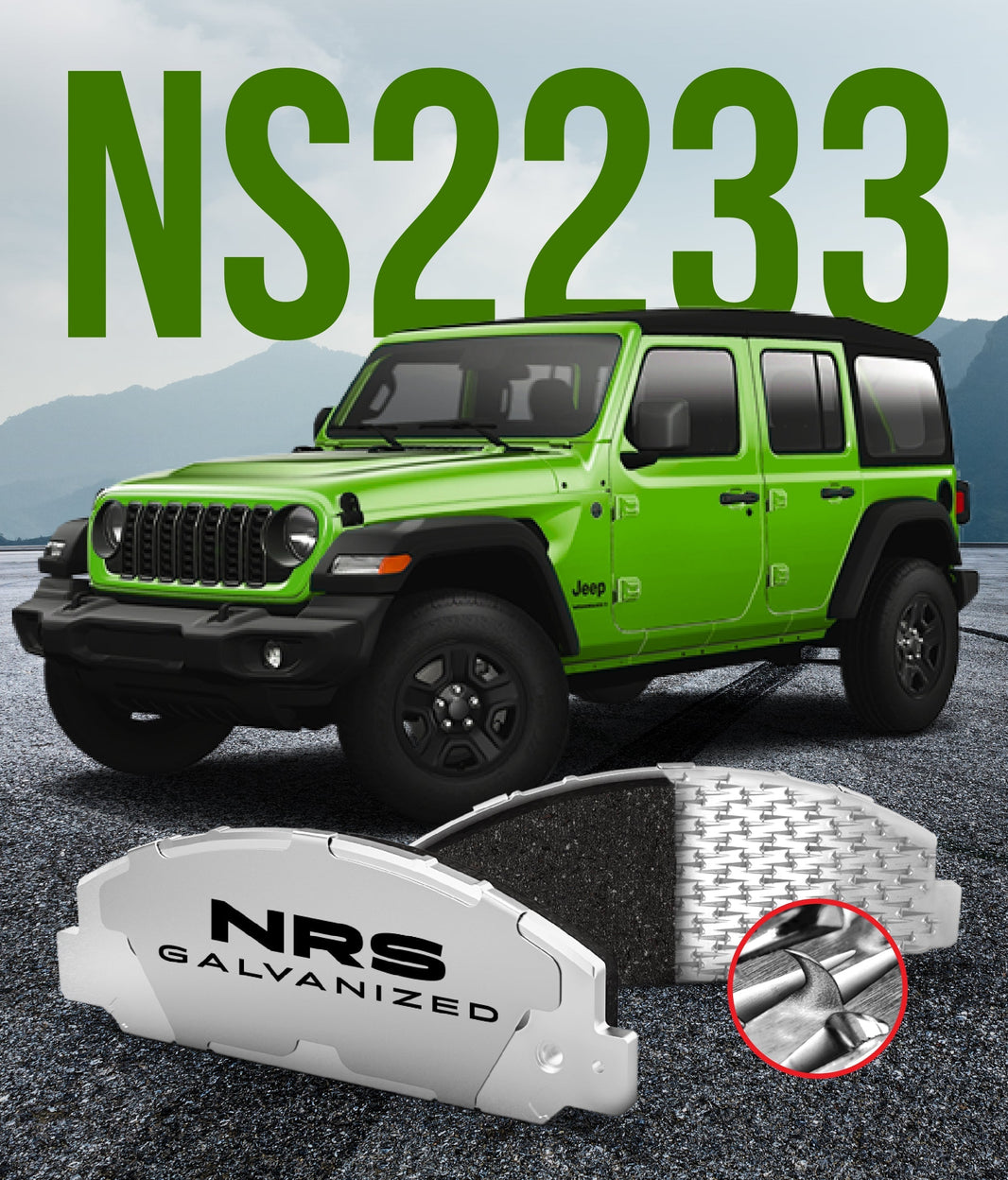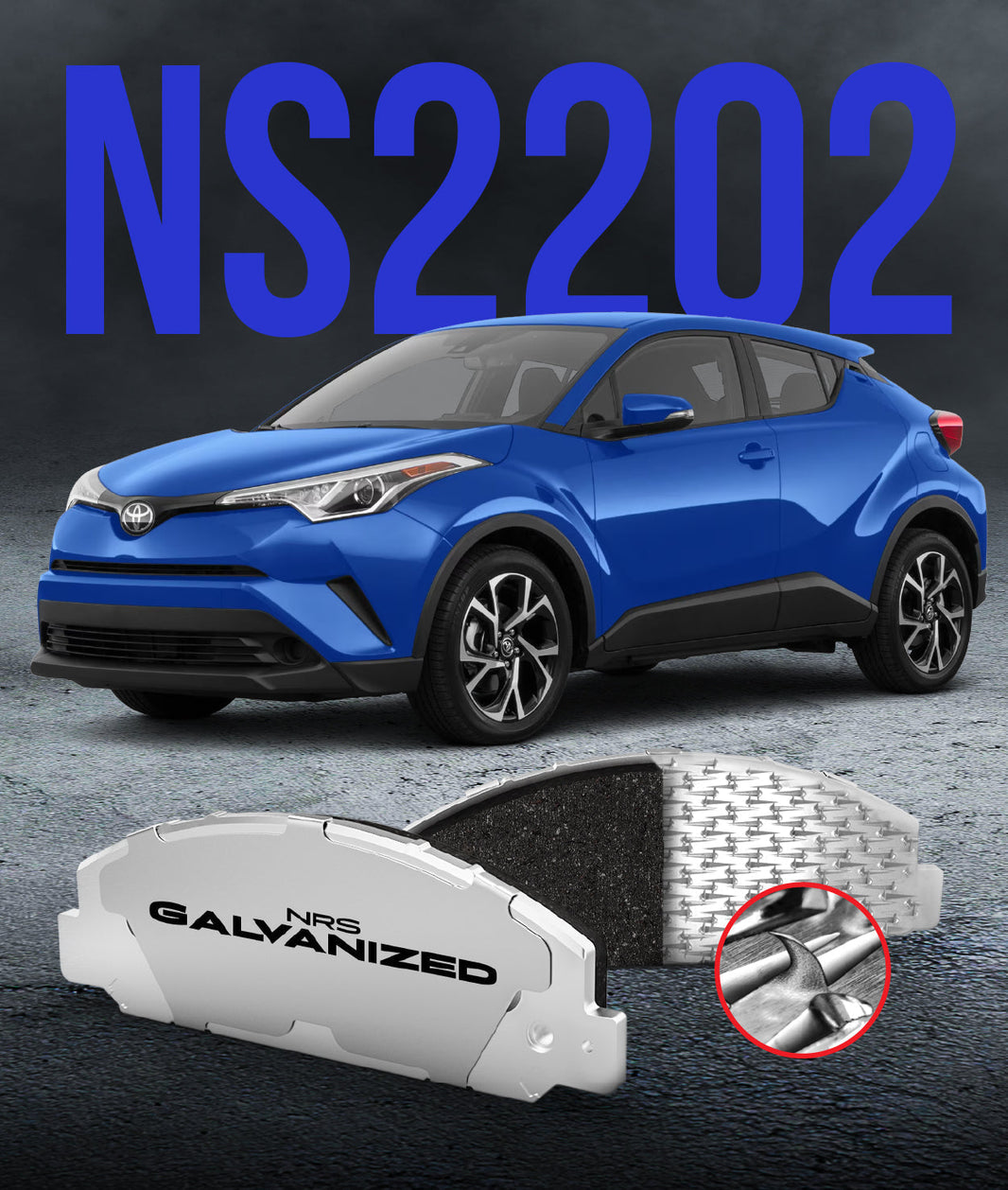Battery-powered vehicles are the talk of the town! With numbers increasing almost exponentially. The forward thinking technology that these cars bring to the table is revolutionary and we are entering a new era where unique things are happening. Regenerative braking in Electric vehicles is one of those things
The concept of regenerative braking has been around for many years. It was first used in 1967 in a car named Amitron. This small passenger vehicle was powered by a battery and it used regenerative braking very effectively. The car converted kinetic energy into electrical energy to charge the battery on braking. It was a revolutionary idea, but it didn’t catch on until recently, when hybrids and EVs started rising in popularity around the world.
Nowadays, regenerative braking systems are found in almost all the hybrids and electric cars on the market. So, how does it work?
The basic idea is that the “regen” braking system works somewhat like a dynamo, but the application is different, and the result is even more different. A dynamo is a small generator that transforms kinetic energy into electrical energy, allowing you to power anything that requires electricity, like a small bulb. However, this basic concept is refined in regenerative braking.
How It Works
In a battery-powered car, with regenerative braking, the electric motor moves in two directions. So, when you press the accelerator, the energy is released, and the vehicle moves forward. However, when you put your foot on the brake, the motor changes direction, and it starts to store the energy. The car slows down rapidly, and you make up some of the energy lost while accelerating.
This process allows the car to slow down more quickly, as the regen system effectively harvests energy. You can change the settings in your vehicle to make the system extract more energy or less, depending on preference; however, to get the most efficiency out of your car, it is best to leave the regenerative braking system at its highest setting.
Do Better Brake Pads Help?
We all know that to stop a car, you need brake pads, made of materials with incredible heat resistance and friction. However, for vehicles that have regen braking, you need even better components. If they are not in top shape at all times, you won’t be able to extract the maximum performance out of your car.
Fortunately, NRS makes the best brake pads for hybrid and electric vehicles today, with a very high standard of performance. The NRS-EV brake pad is built from the finest industry materials. We are talking about anti-rust galvanized steel construction and the use of high-friction compounds. Even if you use the regen system at its max setting, the NRS-EV pads will withstand any ordeal and stay in perfect shape for longer.




